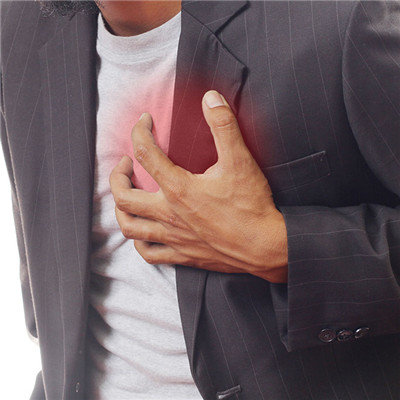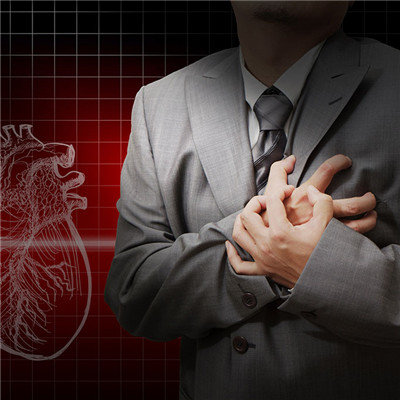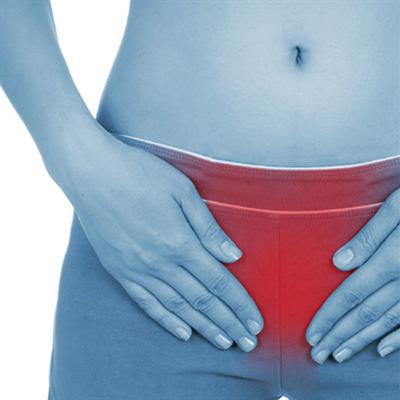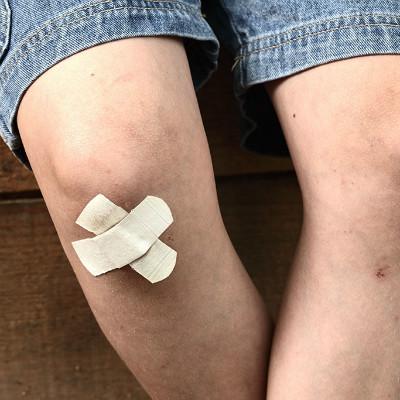Symptoms of acute coronary syndrome?
summary
Acute coronary syndrome (ACS) is a group of clinical syndromes with the pathological basis of coronary atherosclerotic plaque rupture or invasion and secondary complete or incomplete occlusive thrombosis, including acute ST segment elevation myocardial infarction, acute non ST segment elevation myocardial infarction and unstable angina pectoris (UA). Symptoms of acute coronary syndrome? Talk to Dayou
Symptoms of acute coronary syndrome?
Typical manifestations are paroxysmal retrosternal stuffy pain, compression or pressure, burning sensation, which can radiate to the left upper arm, mandible, neck, back, shoulder or ulnar side of left forearm. It is intermittent or persistent, accompanied by sweating, nausea, dyspnea, asphyxia, and even syncope, lasting for more than 10-20 minutes. If nitroglycerin can not be completely relieved, it often indicates AMI.

Some patients had fatigue, chest discomfort, palpitation, shortness of breath, irritability, angina pectoris and other prodromal symptoms a few days before the onset of AMI. Severe patients may have cold and wet skin, pale complexion, restlessness, jugular vein distention, etc. auscultation can hear pulmonary rales, arrhythmia, cardiac murmur, split heart sound, third heart sound, pericardial friction sound and galloping horse rhythm.

Atypical manifestations include toothache, sore throat, epigastric pain, dyspepsia, chest pain or dyspnea. These are common in the elderly, women, diabetes, chronic renal insufficiency or dementia. In clinical practice, there is no typical chest pain, especially when the electrogram is normal or critical change, it is easy to be ignored and delayed treatment, so continuous observation should be paid attention to. Most ACS patients have no obvious signs.

matters needing attention
Thrombolytic therapy for STEMI in acute stage has become the preferred method of PCI, but it is difficult to be widely used because there are few hospitals that can carry out PCI. Thrombolytic therapy is fast, simple, economical and easy to operate. Intravenous thrombolysis is still a better choice.















